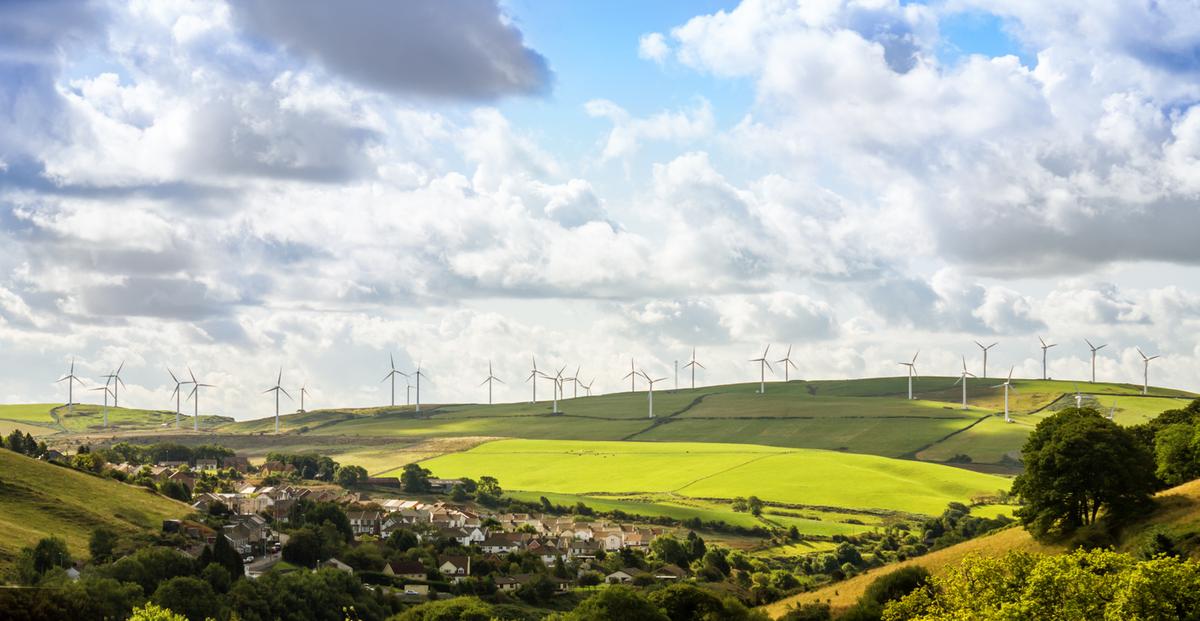Insight Focus
- EU carbon emissions from electricity generation fell 17% in H1’23.
- This is due to lower demand from industry and increased use of renewables.
- Relative costs have also favoured using natural gas over coal for power.
As commodity and financial markets enter their annual summer turnaround, thoughts are beginning to focus on the outlook for the remainder of 2023, and the downbeat prospects for industrial output and energy use have encouraged many market participants to moderate their expectations for carbon permit demand.
However, the underlying long-term prospects for the market remain healthy, particularly after recent reforms to the EU Emissions Trading System have boosted sentiment through to 2030.
The headline data is that carbon emissions from electricity generation across the EU have fallen by around 17% in the first half of 2023, according to data from Europe’s power grid association ENTSO-E.
Analysts have attributed the drop in CO2 emissions to a decline in demand from industry, to accelerated deployment of renewable energy across the bloc, and to the relative costs of natural gas and coal that has favoured the use of less carbon-intensive gas.
Data on the decline in industrial emissions is largely anecdotal, and is to a large extent extrapolated from macroeconomic indicators as well as on power generation data.
Nevertheless, power generation data show that the total amount of electricity from natural gas-fired plants dropped by 21% year-on-year in the first half of 2023, but that coal-fired power was down by around 40% over the six months.
And while total EU-wide power generation was down more than 8% year-on-year in the first six months of the year, only renewable electricity showed any growth, increasing by nearly 9%.
Fuel switch
Natural gas prices fell by just over 50% between December 31 2022 and June 30 this year, while prices for coal dropped by just 36% over the same period. The result is that utilities saw operating margins for gas-fired power flip from negative to positive, while coal margins plummeted to net losses.
Analysts translate the first-half decline in electricity generation this year to a full-year decline in carbon emissions of around 125 million tonnes, or nearly 10% of total EU ETS emissions in 2022.
The market has only once before seen such a sharp drop in annual emissions: total CO2 dropped by just over 11% in 2020 as economies slowed amid the spread of the COVID pandemic. Significantly, however, EU Allowance (EUA) prices ended 2020 33% higher than 12 months earlier, as the market continued to price in the impact of growing climate ambition in the EU.
The upside
While the overall picture detailed above looks unremittingly bearish for carbon demand, experts are careful to point out that 2023 should not be considered in isolation. Evolving climate policy and future carbon demand play a key role in the market’s pricing.
With the European Union having earlier this year put the finishing touches on the “Fit for 55” reform package, market participants now know that the annual supply of allowances will be reduced sharply in two stages to bring the market supply into line with the 55% emission reduction target for 2030.
The annual reduction in the market “cap” will also be accelerated to 4.2% per year from the current 2.2%/year, while the market will be expanded to include maritime transport.
Airlines that are covered by the EU ETS will also no longer enjoy a free allocation of EUAs starting in 2026, while a separate Emissions Trading System will be introduced to cover CO2 from transport and heating fuels.
These reforms constitute an ambitious upgrading of the market, both tightening allowance supply and increasing the potential demand for EUAs. This has led analysts to maintain EUA price forecasts of in excess of €100/tonne from as early as next year, while the outlook for the rest of 2023 is essentially flat.
There is some potential for EUA demand to rise in the remaining six months of this year, some experts warn. Much of this stems from a sharp drop in EUA purchasing in 2022, as prices for natural gas and electricity soared.
Higher energy prices discouraged many power companies from “locking” in forward sales of electricity. The cost of hedging positions on futures exchanges rose to unsustainable levels, requiring traders to lodge much more capital with exchanges to cover their potential exposure. And for many companies, the easiest way to lighten the financial load was to avoid hedging their future EUA requirements.
Now that energy prices are less than a quarter of where they stood in late 2022, utilities may be encouraged to resume hedging forward EUA needs, and this may sustain demand even while industrial companies may be operating at lower rates which will require them to buy fewer EUAs
Volatility
The last two years have also seen the emergence of influential speculative traders. Prior to 2022 most investors took a more long-term view of the EU ETS, entering the market to exploit the long-term prospects of rising prices.
However, 2023 has seen sharp growth in short-term trading, in which hedge funds and commodity trading advisors are prepared to take positions that exploit the market’s growing volatility. This has led to sharp price swings of almost 10% in either direction within a week.
The emergence of this short-term volatility may in part reflect the lack of sustained regular demand from compliance entities. The decline in industrial output over the past year has left many companies with sufficient balances of EUAs to cover their immediate needs, and they have stepped away from the market for the time being…














